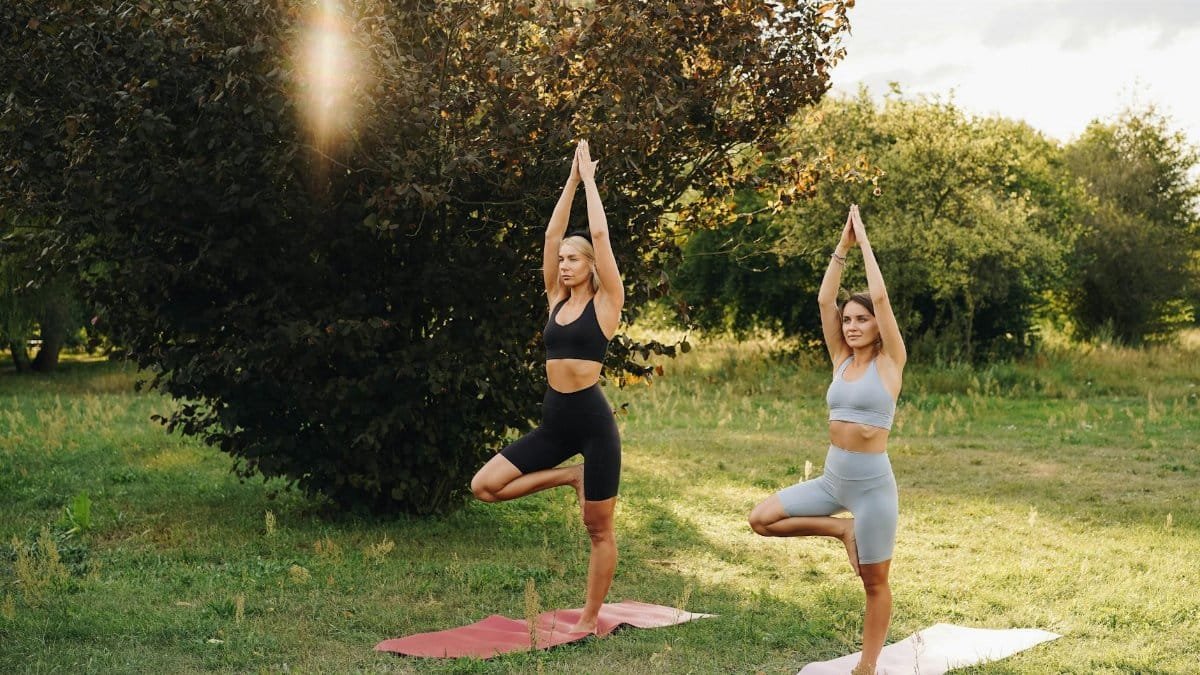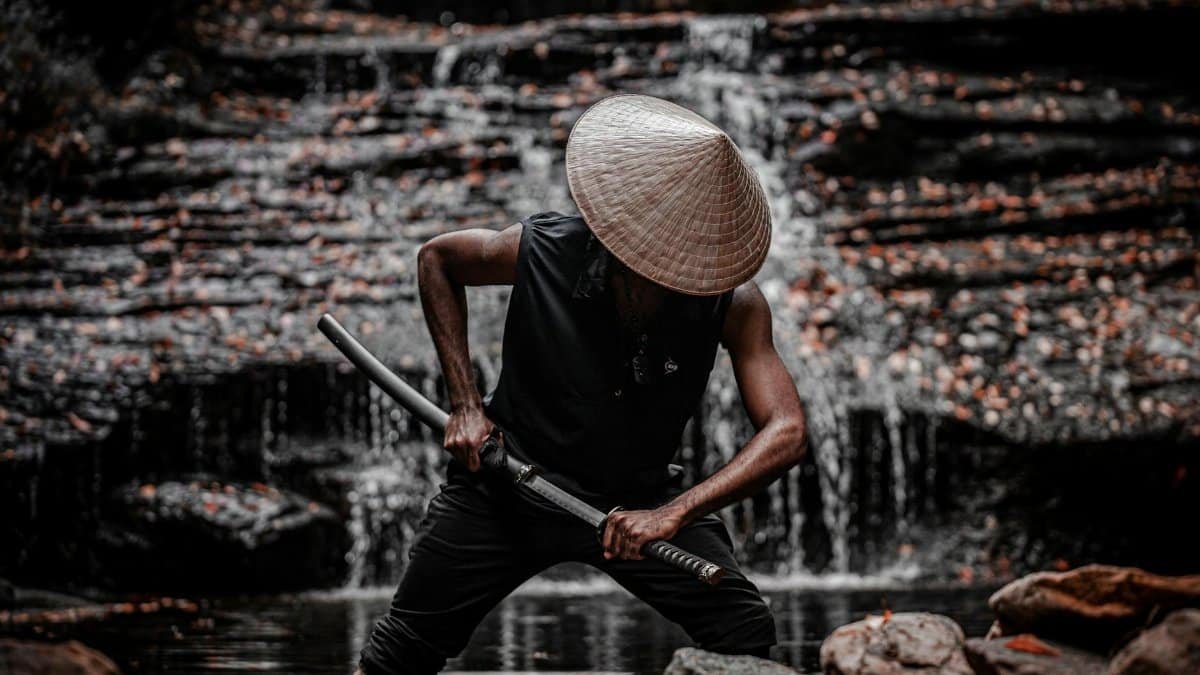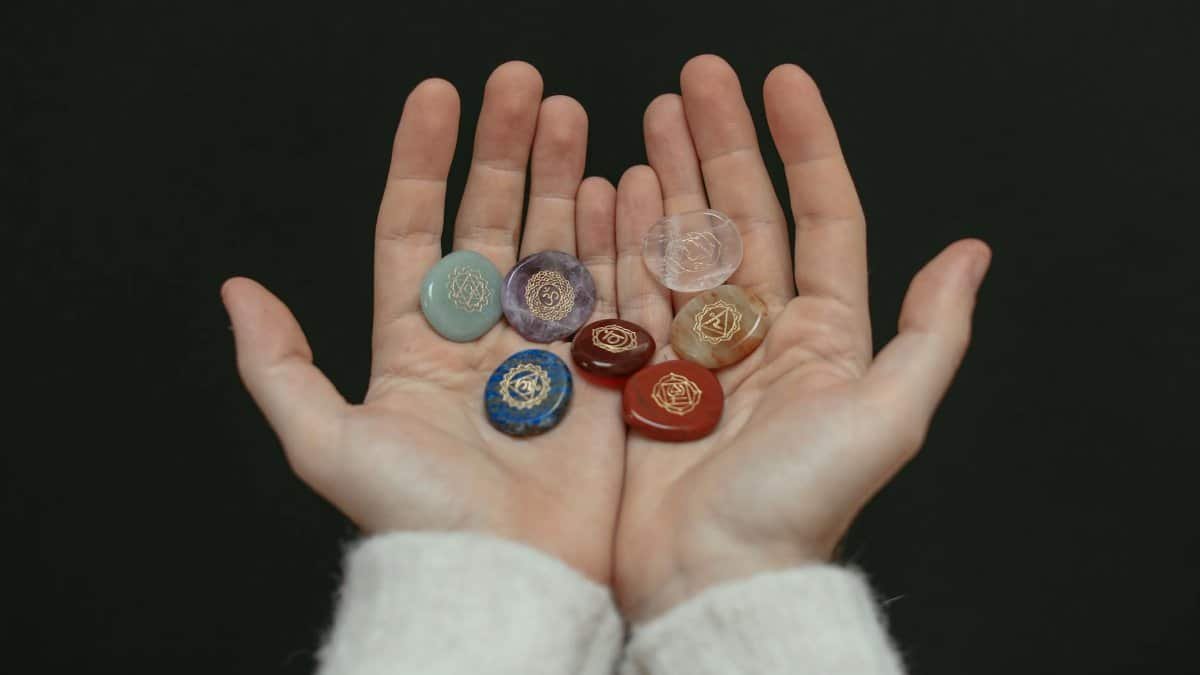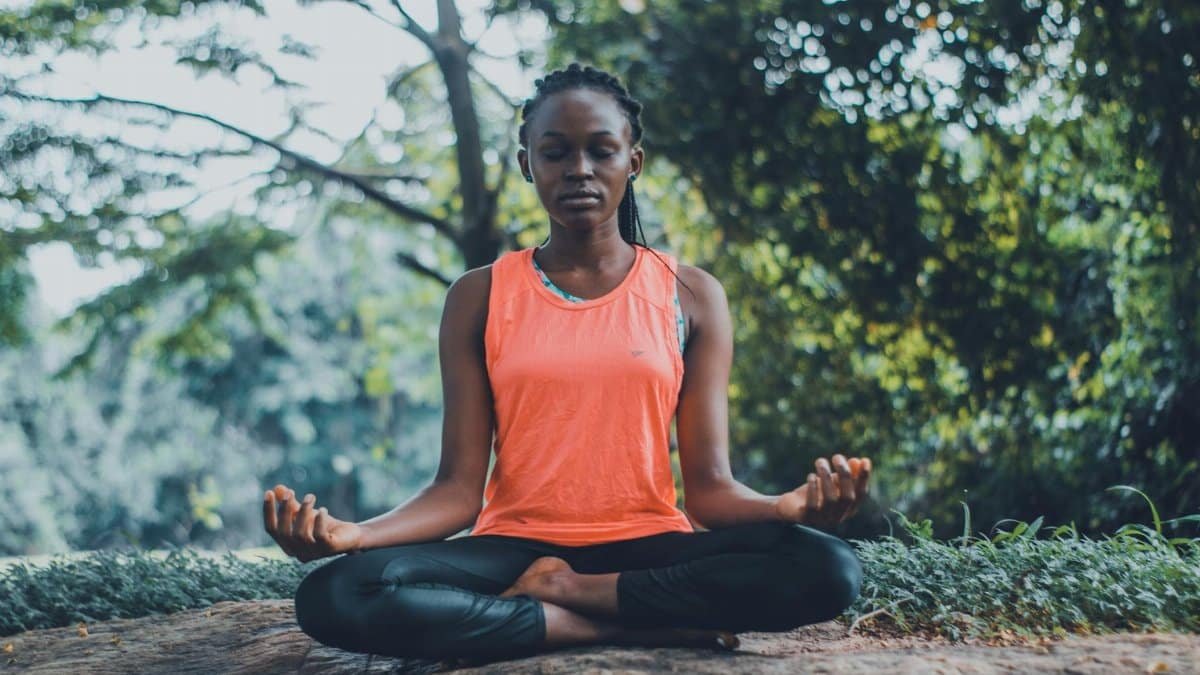In cities like New York and Los Angeles, where the hustle never quite pauses, a quiet revolution unfolds in studios and living rooms alike. More Americans are turning to yoga flows not just for flexibility, but for a deeper sense of equilibrium amid life’s chaos. This shift reflects broader wellness trends, with people seeking practices that ground them physically and mentally. A 2023 survey by the Yoga Journal and Yoga Alliance found that over 36 million U.S. adults practice yoga, many citing balance as a key motivator. As we navigate 2025’s uncertainties—economic pressures, digital overload—yoga flows emerge as accessible tools for stability. They blend movement with breath, fostering harmony that extends beyond the mat. This article explores six specific flows designed for balance, each offering unique benefits. Notably, Flow #4 focuses on aligning chakras, tapping into ancient energy centers for profound alignment.
1. Sun Salutation Sequence for Daily Grounding

The sun salutation, or Surya Namaskar, starts with a simple stand, arms reaching skyward, then folds forward into a gentle bow. Practitioners inhale deeply, stepping back into a plank, exhaling as they lower to the mat. This flow repeats, building warmth and rhythm. It’s more than exercise; it’s a morning ritual that sets intentions. Imagine a busy parent in Chicago, rushing through coffee and emails, pausing for ten minutes of this sequence. Suddenly, the day’s demands feel manageable. Research from the National Center for Complementary and Integrative Health highlights how such flows improve posture and reduce stress, key to physical balance. Variations include adding a warrior pose for strength, ensuring the body stays aligned. Over time, this practice cultivates awareness, helping one notice subtle shifts in weight and energy. It’s practical, requiring no fancy equipment, just space and commitment. As trends in 2025 emphasize holistic health, sun salutations remain a staple, bridging ancient wisdom with modern needs.
Yet, not everyone glides through it effortlessly. Beginners might wobble in the plank, a reminder that balance builds gradually. One anonymous account shared online described the initial frustration: “My arms shook, but after a week, I felt steadier, like my core woke up.” This echoes common experiences, where persistence transforms awkwardness into grace. Integrating breath—deep inhales during upward movements—enhances the flow’s calming effect. Studies show yoga reduces cortisol levels, promoting emotional steadiness. For those with desk jobs, this sequence counters hours of sitting, realigning the spine. It’s versatile too; adapt it for evenings to unwind. In essence, sun salutations teach that balance isn’t static—it’s a dynamic dance with gravity and breath.
2. Tree Pose Flow for Inner Stability

Picture a group in a Seattle park, feet rooted to the earth, one leg lifted, arms branching like a tree. This flow begins in mountain pose, grounding through the soles, then shifts weight to one foot while placing the other against the inner thigh. Hands press together at the heart or extend overhead. Hold, breathe, then switch sides. It’s a test of focus, warding off distractions. A middle-aged executive might use it during lunch breaks, finding clarity amid corporate noise. The Harvard Health Publishing notes yoga poses like this enhance proprioception, the body’s sense of position, crucial for preventing falls as we age.
Flowing into variations, such as swaying gently like a tree in wind, adds challenge and fun. This mimics life’s unpredictability, training resilience. Questions arise: What if you topple? That’s part of the lesson—regain footing without judgment. In 2025, with rising awareness of mental health, such practices gain traction for their mindfulness component. One practitioner reflected, “It showed me how unsteady my mind was, but each session steadied it.” Building on this, incorporate a forward fold afterward to release tension. The sequence fosters not just physical poise but emotional equilibrium, reminding us that true balance comes from within, adaptable to whatever storms arise.
3. Warrior Flow for Strength and Equilibrium

Strength meets grace in the warrior flow, starting with a lunge, back leg straight, arms extended. Transition to warrior two, opening the hips, gaze forward. Then, reverse warrior, arching back with one arm skyward. This series builds lower body power while demanding core engagement. In a Denver studio, participants might link these poses with vinyasa breaths, syncing movement to inhalation and exhalation. It’s empowering, especially for those feeling off-kilter from daily stresses. A study published in the Medicine & Science in Sports & Exercise journal demonstrates how yoga improves balance and muscle endurance in adults over 50.
Diving deeper, the flow’s narrative unfolds like a battle stance turned peaceful. Warriors aren’t rigid; they adapt. Add a twist: from warrior two, thread the arm under the thigh for a deeper stretch. This variation challenges stability, revealing weak spots. Online forums buzz with stories of transformation—one user noted feeling “invincible yet calm” after regular practice. As we face 2025’s wellness shifts, emphasizing preventive health, this flow stands out for its dual focus on vigor and poise. End with a child’s pose to integrate gains, allowing the body to absorb the equilibrium achieved.
4. Chakra Alignment Flow for Energetic Harmony

Flow #4 delves into the subtle body, aiming to align chakras—those spinning energy wheels along the spine. Begin in a seated position, visualizing the root chakra at the base, grounding like an anchor. Move upward: sacral for creativity, solar plexus for power, heart for love, throat for expression, third eye for intuition, crown for connection. Incorporate poses like bridge for the heart or cobra for the throat, holding each with focused breath. In a quiet Austin home, someone might practice this amid evening light, feeling energy shift. The Journal of Alternative and Complementary Medicine explores how yoga influences energy systems, linking it to reduced anxiety and better mood.
This flow isn’t abstract; it’s tangible. As you transition, notice blockages—tight hips signaling emotional holds—and release them. A brief anecdote: a teacher in Miami described a student’s breakthrough, “Tears came during the heart opener, then clarity.” Such moments highlight chakra work’s depth. In 2025, with growing interest in integrative therapies, this practice bridges physical and metaphysical balance. Vary it by adding mantras, like “om” for the crown, amplifying alignment. Challenges include skepticism, but evidence mounts: consistent practice correlates with improved well-being. Conclude in savasana, letting energies settle, emerging renewed and harmonized.
5. Moon Salutation for Restorative Balance

Contrasting the sun’s energy, moon salutation, or Chandra Namaskar, offers cooling, introspective flow. Start standing, fold forward, then step into a low lunge, arching back gently. Flow through goddess pose, squatting wide with arms bent, then star pose, spreading limbs. It’s fluid, emphasizing hips and release. A night owl in Boston might unwind with this before bed, countering the day’s yang with yin. Research from the Yoga Alliance underscores restorative yoga’s role in hormonal balance and sleep quality.
The sequence invites reflection: Why rush? Slow movements reveal imbalances. One public sharing captured it: “It felt like permission to soften, and my anxiety melted.” In our always-on culture, this flow restores equilibrium gently. Adapt for mornings if needed, but evenings maximize its lunar essence. As 2025 trends lean toward self-care, moon salutations provide a counterbalance to high-intensity routines, fostering sustainable harmony.
6. Balancing Breath Flow for Mind-Body Integration

Breath anchors this final flow, combining alternate nostril breathing with simple poses. Sit comfortably, close one nostril, inhale through the other, switch, exhale. Pair with standing balances like eagle pose, wrapping limbs while maintaining breath control. It’s subtle yet profound, integrating mind and body. In a San Francisco retreat, groups practice this, emerging centered. A study in Frontiers in Human Neuroscience shows pranayama enhances cognitive function and emotional regulation.
Explore tensions: Breath falters under stress, but practice steadies it. A narrative snippet: During a challenging hold, one feels the mind quiet, distractions fading. This flow ties back to yoga’s roots, emphasizing unity. In 2025, amid mindfulness booms, it’s a gateway for beginners. Vary with walking meditation, syncing steps to breath. Ultimately, it reminds that balance flows from within, accessible anytime.
